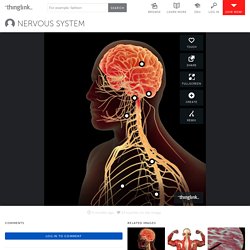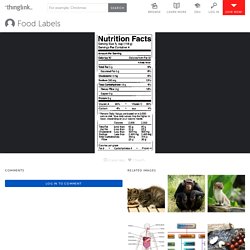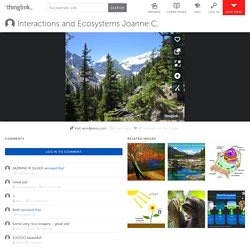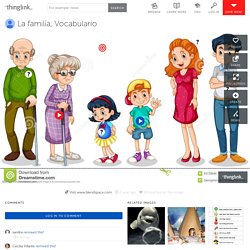

Lithium, Hydrogen, Rubidium, beryllium , Potassium, Altho... Systems of the Human Body. NERVOUS SYSTEM. CEREBELLUM-Maintains body balance during walking, swimming, jumping etc.- Control the activities of voluntary muscles.

Medulla oblongata-Functions: Coordinating centre of all involuntary activities of internal organs .It regulates breathing, heart beat, swallowing and peristaltic movements of alimentary canal. Spinal cord Functions: Control all types of reflex actionsIt mediates involuntary activities like heart beat, secretion of glands, and breathing movements, etc.It conducts impulses from body to the brain and vice versa.
Peripheral nervous systemIncludes nerves that connect the central nervous system to all the parts of body.It consists of 12 pairs of cranial nerves and 31 pairs of spinal nerves. Autonomic nervous systemControls involuntary actions of visceral organs and activity of smooth muscles of alimentary canal and blood vessels. Food Labels. A serving size is usually less than most people eat.

If you eat 2 servings, make sure you double the calories and all the daily values. When comparing foods, make sure the servings sizes are the same. This lists the total amount of fat in one serving. Try to limit the amount of trans fat and saturated fat that you eat. Cholesterol: The amount of cholesterol in each serving. Indicates the amount of sodium per serving. Carbohydrates help give you energy.
Protein helps build muscle. Indicates the total calories in a single serving. Plate tectonics. Lower Mantle- made of thick magma; convection here powers the tectonic plate movement above asthenosphere- hot rock, but not melted; soft, can be bent, stretched (note: should be shown as a separate layer below lithosphere) Lithosphere- hard, solid rock, along with crust (above) makes up tectonic plates oceanic crust- thin, dense, young Continental crust- least dense layer of rock; "floats" on top of Earth's layers, making it the oldest layer.

Allows more dense oceanic crust to subduct. intermediate depth earthquakes. The Boy In Striped Pajamas. Join or Die. The Causes of the Revolutionary War By: Caroline. Brianna Brown. What is a function? Pizza Fractions in the real world. Mesopotamia. Gretchen Schuster. Interactions and Ecosystems Joanne C. This lodgepole pine tree is a producer.

This coniferous tree thrives well in its native community, the mountains and other cold areas. It contributes to the ecosystem so much, but, amazingly, it doesn't require much to live. All a tree really needs to live is sun (light energy), carbon dioxide (CO²), and water. These make sugars and starches and oxygen. All of these are used in the processes of photosynthesis and cellular respiration. A conk is a decomposer that lives and depends on the tree. The Fairmont Chateau, below the mountain peak, is a human disturbance around Lake Louise and the area around it. This red squirrel is a primary consumer of producers, and can be found all over the treetops. These mountains may be an abiotic factor, but they are just as important as the biotic factors. This crustose lichen growth is a decomposer found on surfaces like rocks and walls.
This grizzly bear is an apex consumer in it's forest and mountain habitat. Olivia's France Thinglink. La familia, Vocabulario. En mi familia, hay seis personas.

¿Cuántas personas hay en tu familia? Hola. Me llamo Juan. Yo soy el abuelo de la familia. ¿Cómo se llama tu abuelo en tu familia? Mi familia es muy divertida. In Spanish, tell me who you are in the family. Watch the video clips and then click on each person to find out what they want to know.